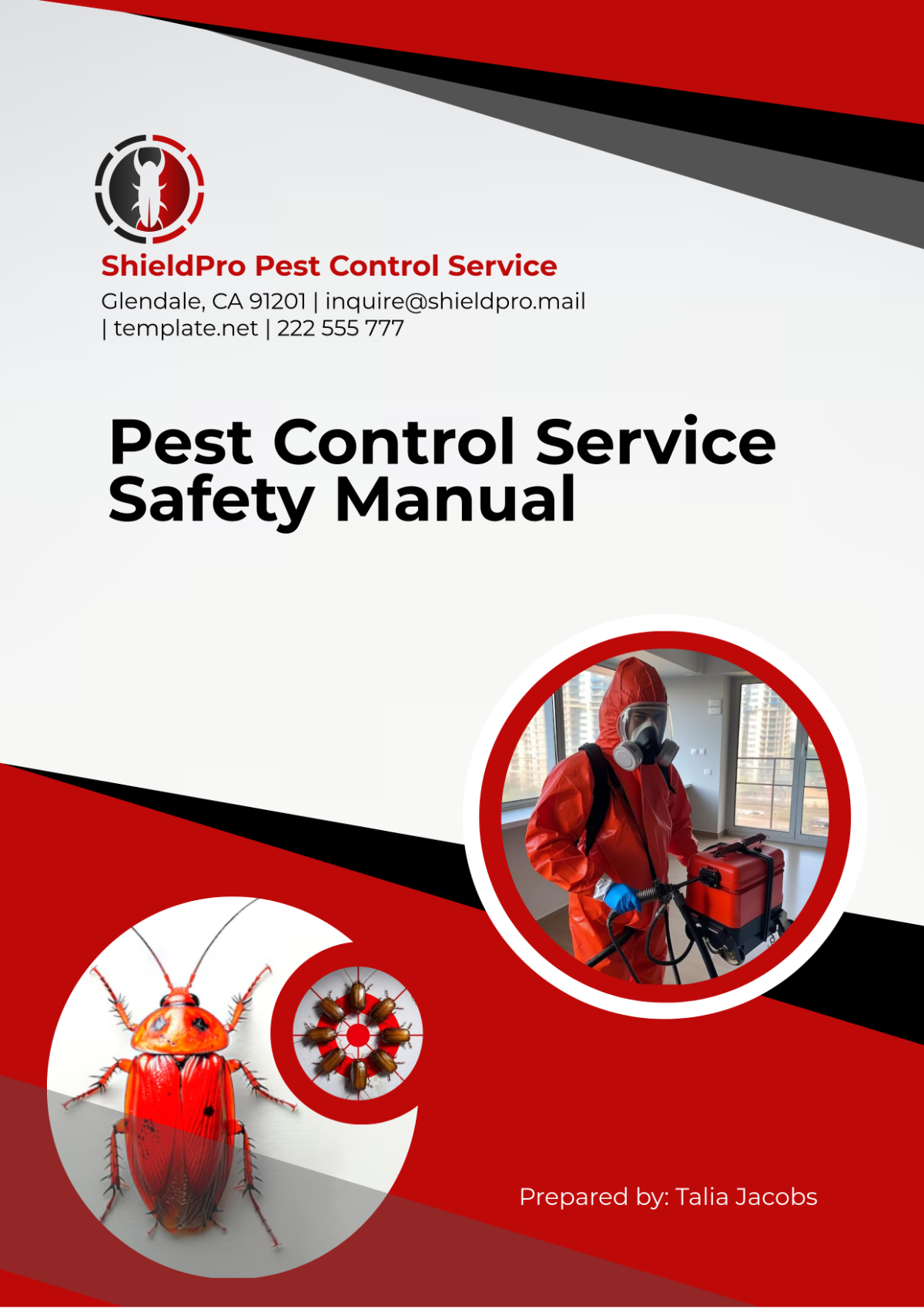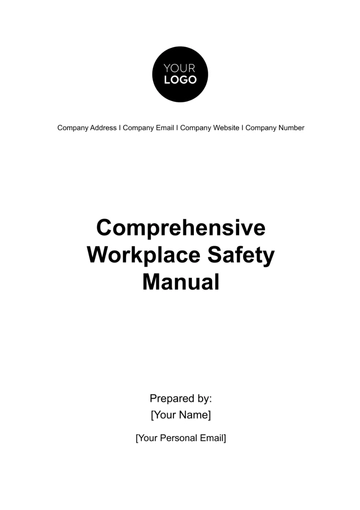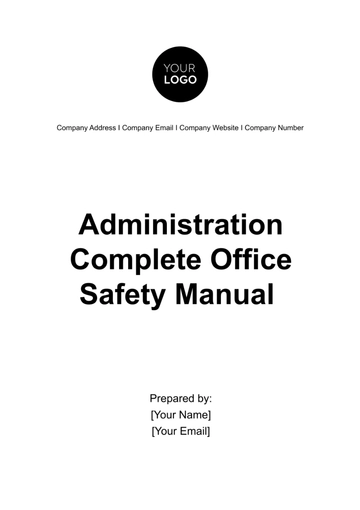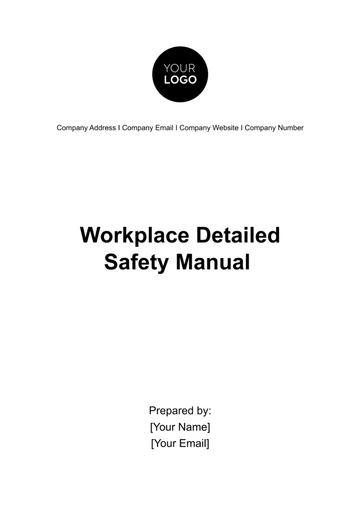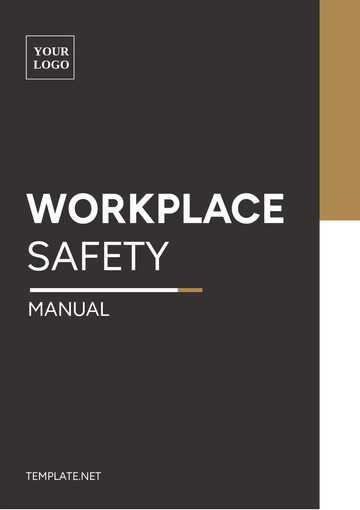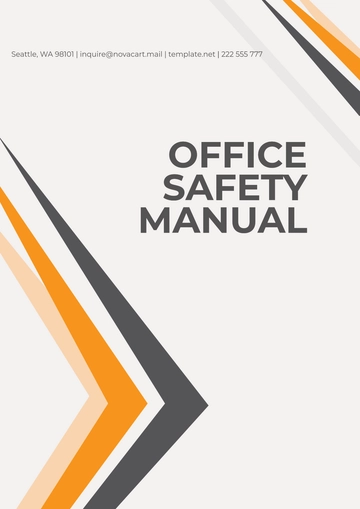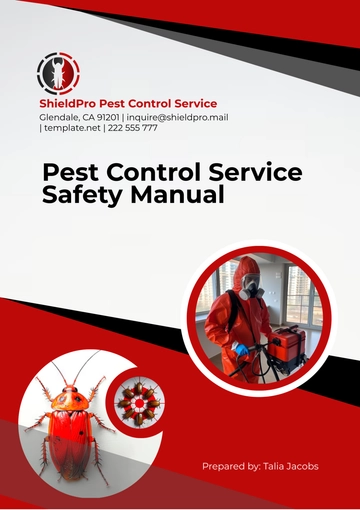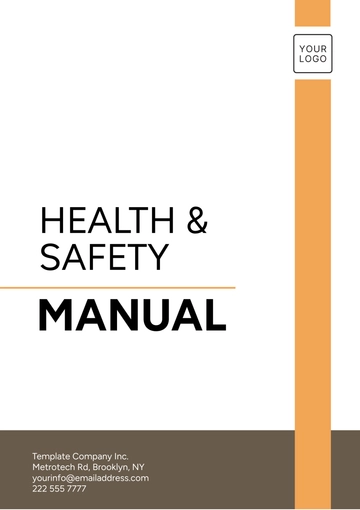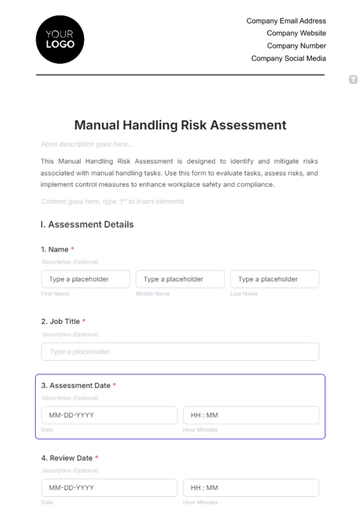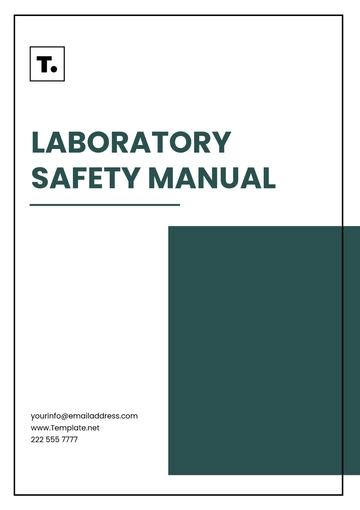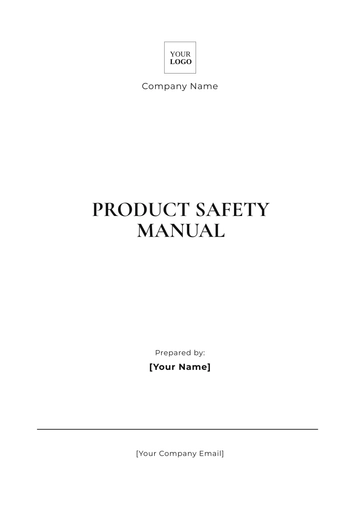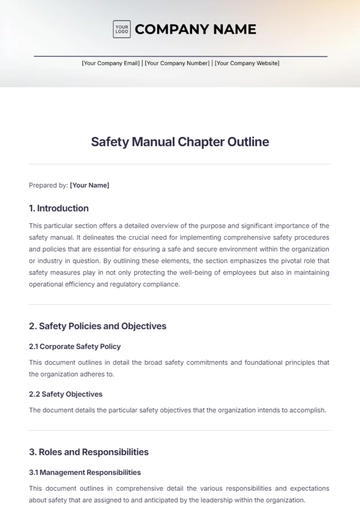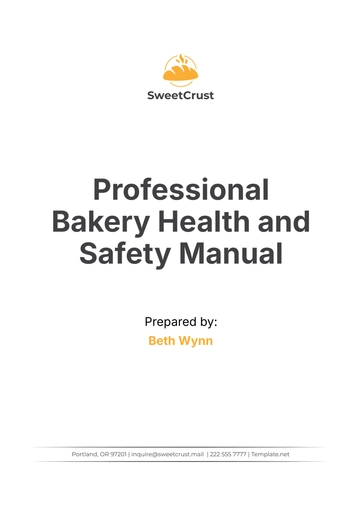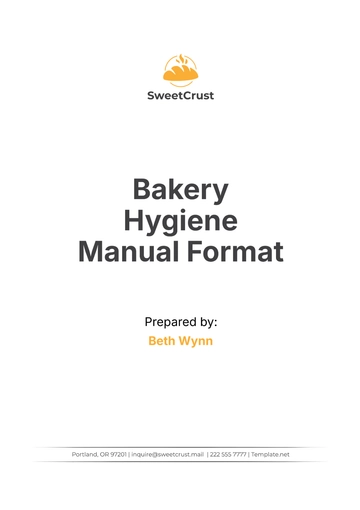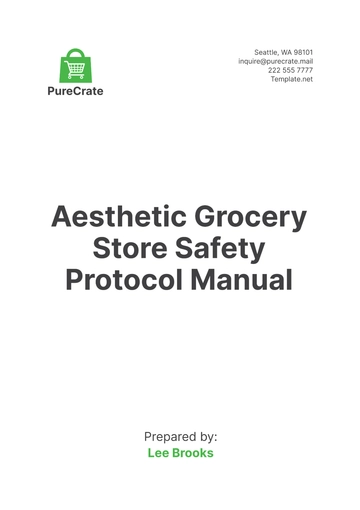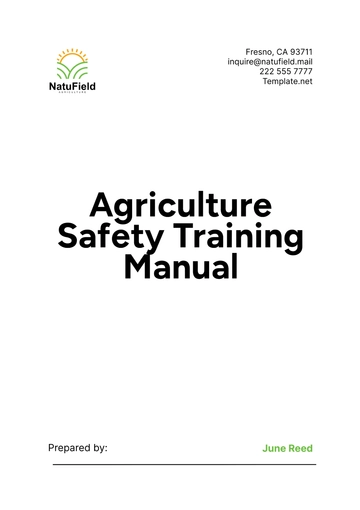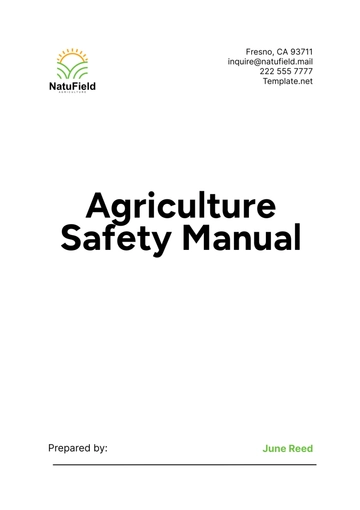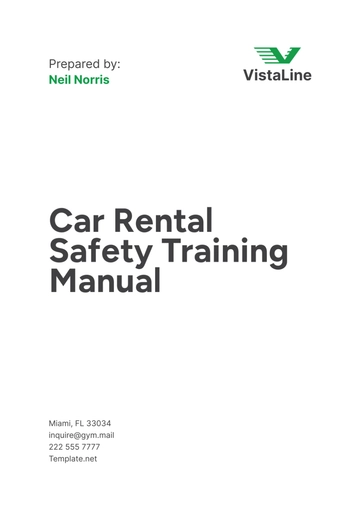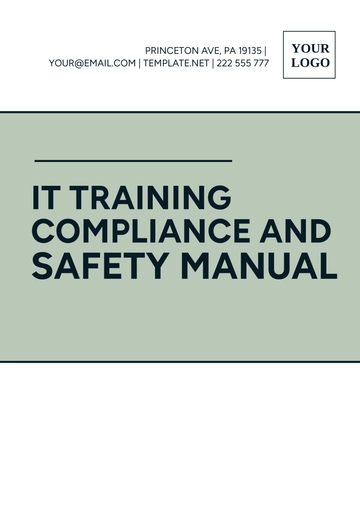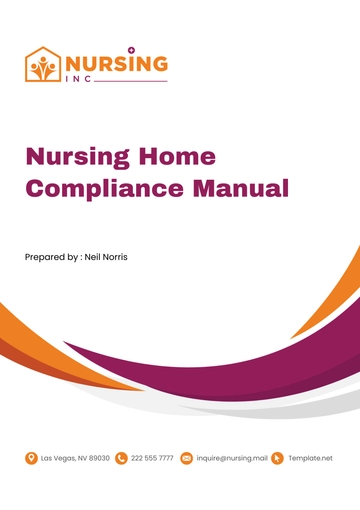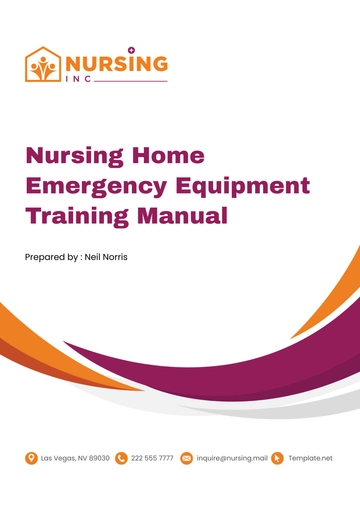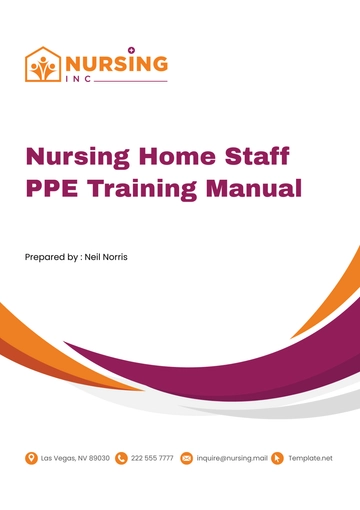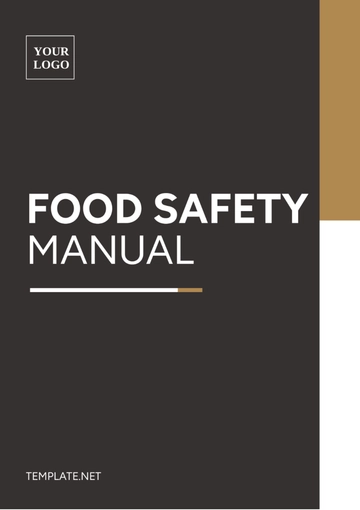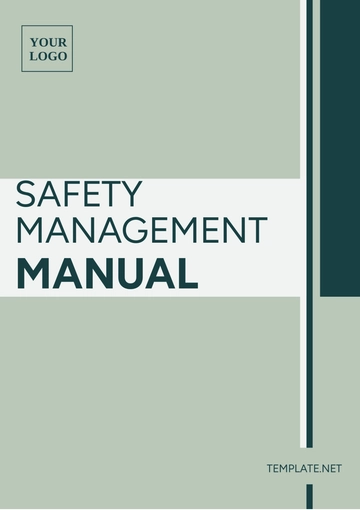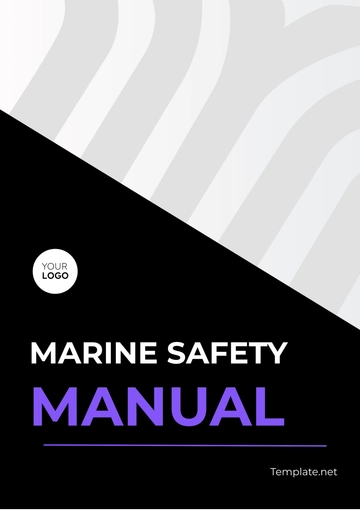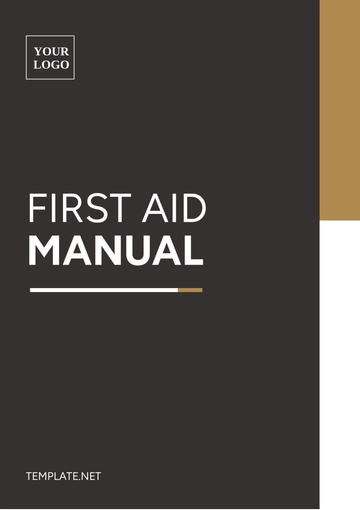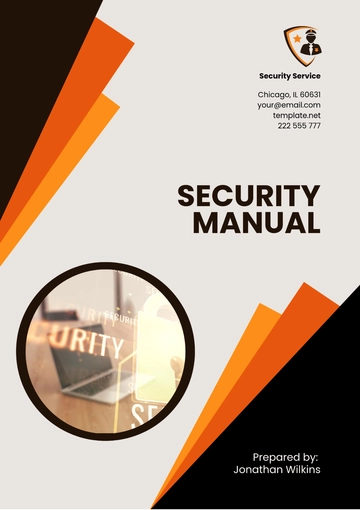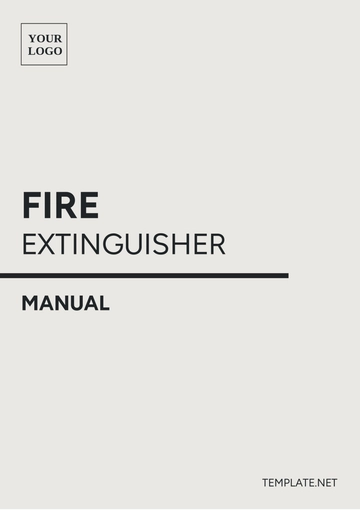Pest Control Service Safety Manual
I. Introduction
The safety and well-being of our employees, clients, and the environment are top priorities at [Your Company Name]. This Safety Manual serves as a guide for all employees, detailing essential safety protocols, procedures, and responsibilities required to ensure a safe and compliant work environment. Adhering to these guidelines helps minimize risks and enhances the overall safety of our operations.
II. Personal Protective Equipment (PPE)
Ensuring the proper use of Personal Protective Equipment (PPE) is crucial to safeguarding our team members from harmful exposure to chemicals and other job hazards.
Required PPE: All employees must wear designated PPE, including gloves, goggles, respiratory masks, and protective suits, as specified for each job type.
Proper Fit and Condition: PPE must be well-fitted and regularly inspected for any damage or wear. Any defective equipment should be reported and replaced immediately.
Usage Protocols: PPE should be worn at all times when handling chemicals, applying treatments, or performing any task in hazardous areas.
III. Chemical Handling and Storage
Safe chemical handling and storage are essential for preventing accidental exposure, contamination, and spills in the workplace.
Chemical Name | Type | Storage Location | Storage Conditions |
|---|
Insecticide | Liquid | Locked Chemical Storage Cabinet | Store in cool, dry area; keep away from heat. |
Rodenticide | Powder | Secured Warehouse | Keep sealed; avoid direct sunlight. |
Herbicide | Concentrate | Outdoor Chemical Shed | Store in ventilated area. |
Disinfectant | Spray | Staff Cleaning Supply Closet | Keep upright; store at room temperature. |
Pesticide | Liquid Concentrate | Designated Hazardous Materials Area | Avoid freezing temperatures; secure with ventilation. |
Proper Labeling: All chemicals must be clearly labeled with hazard symbols, instructions, and expiration dates. Labels must remain intact and visible.
Storage Guidelines: Chemicals should be stored in designated, well-ventilated areas, away from incompatible substances and direct sunlight. Storage areas should be locked and secured.
Spill Containment: In case of spills, employees must use appropriate spill kits and follow containment and cleanup procedures as outlined in the emergency response plan.
IV. Safe Application Procedures
To ensure effective pest control while maintaining safety, all employees must follow approved procedures for applying pesticides and other control agents.
Preparation: Conduct a thorough risk assessment of the area and check all equipment for functionality before starting work.
Application Techniques: Use application methods that minimize drift and exposure, adhering to specified dosages and treatment protocols.
Post-Application Safety: Inform clients of necessary precautions and timeframes to re-enter treated areas safely.
V. Vehicle Safety
Vehicles used in pest control service operations must be maintained and operated safely to protect both drivers and other road users.
Maintenance Checks: Routine inspections of vehicles, especially storage compartments and equipment housing, should be conducted to prevent leaks or accidental spillage.
Loading and Securing: Chemicals and equipment must be properly secured and positioned in vehicles to prevent shifting or tipping during transport.
Driving Protocols: Follow all traffic regulations and maintain awareness when transporting hazardous materials, especially near populated areas.
VI. Emergency Response and First Aid
Quick and effective emergency response is vital in preventing injuries and minimizing risks in case of accidents or chemical exposure.
Emergency Kits: Every team should have access to a fully stocked first aid kit, eyewash stations, and spill containment materials.
Emergency Contacts: Employees must know how to contact emergency services and company supervisors in case of an accident.
First Aid Training: All employees should undergo regular first aid training, focusing on chemical exposure treatment and emergency response protocols.
VII. Environmental Safety Practices
[Your Company Name] is committed to maintaining environmentally safe pest control practices to reduce ecological impact and protect public health.
Eco-Friendly Alternatives: Whenever possible, use environmentally friendly products that have minimal toxicity levels.
Waste Disposal: Dispose of waste according to local environmental regulations, including unused chemicals, containers, and contaminated PPE.
Water and Soil Protection: Avoid application in or near water bodies and implement measures to prevent soil contamination during treatments.
VIII. Client Communication and Safety Education
Clear communication with clients is key to ensuring their safety and understanding of pest control procedures.
Pre-Service Briefing: Provide clients with an overview of the treatment plan, including any necessary preparation steps for their safety.
Post-Service Instructions: After service, inform clients of precautions, including re-entry times, pet safety measures, and cleaning protocols.
Emergency Contact: Ensure clients have a contact number to reach [Your Company Name] in case they have questions or encounter unexpected issues after service.
IX. Training and Certification
Proper training and up-to-date certifications ensure that our team can perform pest control services safely and in compliance with regulations.
Training Program | Description | Frequency |
|---|
Initial Safety Training | Covers foundational safety and chemical handling protocols | Upon hire; prior to handling chemicals |
PPE Usage and Compliance | Training on correct PPE selection, fitting, and maintenance | Annual refresher |
First Aid and Emergency Response | Basic first aid, CPR, and emergency response procedures | Every two years |
Chemical Hazard Identification | Recognizing and handling hazardous chemicals | Quarterly updates |
Regulatory Compliance Updates | Overview of OSHA and EPA guideline changes | As regulations are updated |
Certification Requirements: All employees handling chemicals must have the necessary state and federal certifications.
Training Programs: Continuous training programs cover safety practices, new techniques, and updates in regulatory compliance.
Performance Assessments: Regular assessments ensure team members understand and comply with safety standards, with retraining available if necessary.
X. Reporting and Record-Keeping
Accurate documentation is essential for compliance, safety tracking, and future improvement.
Incident Reporting: Any accidents, spills, or safety incidents must be reported immediately to supervisors for proper documentation and follow-up.
Inspection Records: All inspections, including PPE checks and equipment maintenance, must be logged to maintain a history of safety compliance.
Audit and Review: Regular internal audits assess compliance with safety protocols, identifying areas for improvement in our safety practices.
XI. Compliance with Regulatory Standards
Following all local, state, and federal safety standards is a fundamental responsibility at [Your Company Name].
Adherence to Regulations: [Your Company Name] abides by all Occupational Safety and Health Administration (OSHA) and Environmental Protection Agency (EPA) guidelines for pest control services.
Regular Audits: Safety audits ensure our compliance with evolving industry regulations and help identify potential risks.
Client and Staff Transparency: Employees and clients are kept informed of any regulatory changes or adjustments in our safety procedures to maintain a clear, compliant working environment.
This Safety Manual is designed to ensure that [Your Company Name] provides pest control services in a safe, compliant, and responsible manner. Adherence to these guidelines is mandatory and essential for upholding the safety standards that our company values.
Pest Control Service Templates @ Template.net
